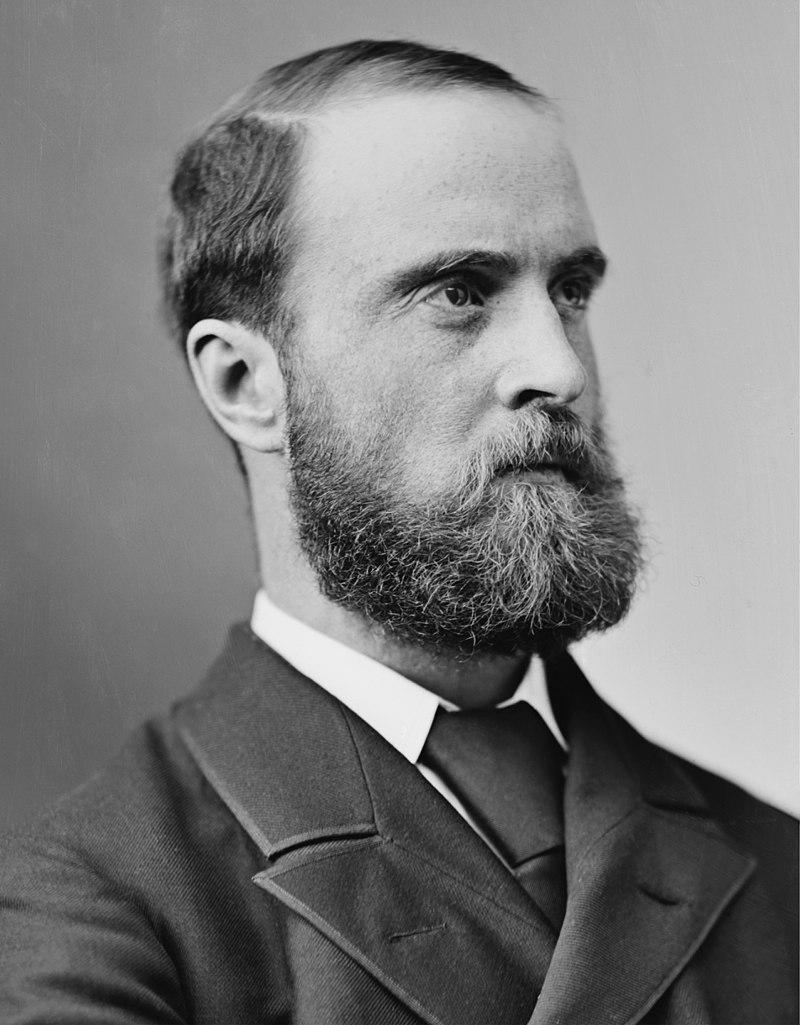Rhetoric and public opinion in the world of Charles Stewart Parnell, 1874-1891

Charles Stewart Parnell (1837-91) was the dominant Irish political figure of the late-nineteenth century. With his campaigns for land reform and Home Rule, he changed forever Ireland's relationship with Britain and reshaped north-south relations on the island. Despite his remarkable stature and influence, his legacy continues to be contested and his whole political stance is often regarded as enigmatic. Part of the ‘enigma’ derives from Parnell being such an implausible champion of the revolution he pursued. An Irish ‘Tory’ by temperament and a member of the Ascendancy, linked (through his mother) to the US Protestant elite, he was in many respects a stereotypical member of the Anglo-Irish gentry – closer to his British counterparts than to the Irish tenant farmers for whose interests he fought. Yet, he became the most effective Irish nationalist leader since Daniel O’Connell. He was the chief source of inspiration of both a radical land reform movement and a nationalist party which, through its demand for parliamentary devolution (Home Rule), polarised the political debate in the United Kingdom. This brought about the split of one of the two major parties, the Liberals, and the realignment of the other – the Tories, who refashioned themselves as a permanent coalition between Conservatives and Liberal Unionists. His campaigns inspired reformers in both Scotland and Wales and galvanised nationalists in India.
He was both an unlikely revolutionary and a very effective one, though he adhered to constitutional means, at least officially. This qualification is necessary, because his relationship with militant groups, like the Irish Republican Brotherhood, was much rumoured about at the time. In fact, it is likely that he was a member of that organization, though it is not clear how seriously he took his membership.
The ‘enigma’ of Parnell is made more impenetrable because of the limited evidence he left behind: very few letters and no diaries or manuscripts. His speeches are the main source to access his thought and strategy. They are also the most important source, for it was through his speeches that Parnell consolidated his reputation, and exercised his influence and power.
His rhetoric mobilised opinion throughout Britain, Ireland and the USA. At the time, the debate was so polarised, that different newspapers provided contrasting accounts of what he said and meant. For example, four different American dailies reported the Irish leader’s speech at Cincinnati, OH, on 20 February 1880: some claimed that Parnell had said he would seek the full separation of Ireland from the United Kingdom, while others made no mention of such an agenda. Different and at times contradictory reports resulted in long debates among his contemporaries on what he actually said and how his words were to be interpreted. Because Parnell himself had an interest in cultivating ambiguity, the question has long baffled historians too.
In this Special Subject we work towards solving the ‘enigma’ with the help of new methods, By applying methodologies in the Digital Humanities (DH), this Special Subject will seek to reconstruct what Parnell actually said, what he meant and why he was so effective.We shall also examine the interaction between rhetoric and public opinion in the late nineteenth century, following Parnell and his global reputation.
This material is intended for current students but will be interesting to prospective students. It is indicative only.
